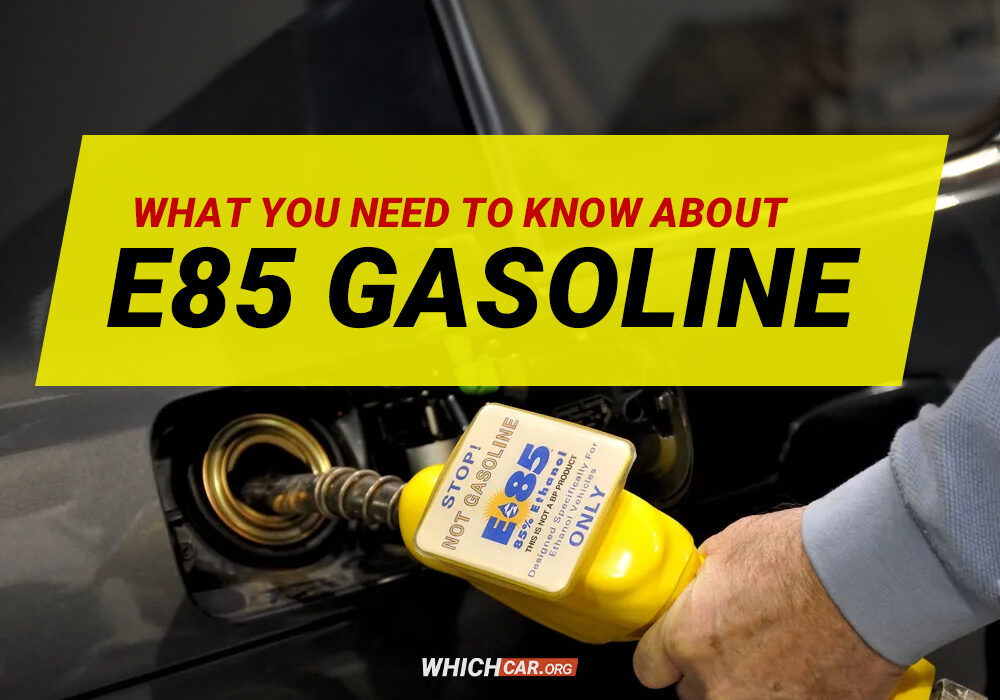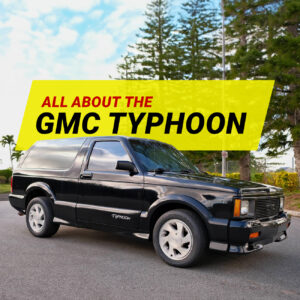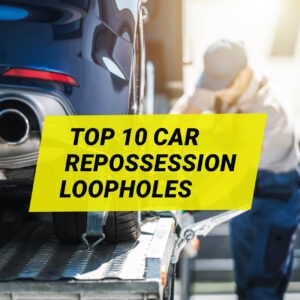What Is E85 Gas? And Why Ethanol Gas is Amazing
Short Answer: E85 (aka "flex fuel,")is a fuel combination of 85 ethanol and 15 gasoline, and is great for increasing horsepower and torque.
Updated: January 8, 2024 // Questions

E85 (aka Flex Fuel) Defined
85 is a fuel blend predominantly composed of 85 ethanol and 15 gasoline tailored especially for use in Flex field Vehicles. Ethanol’s greater octane rating than gasoline allows for higher compression ratios without detonation. We’re all about upping those compression ratios, and thanks to the oxygen in E85, combustion gets a major efficiency boost. Engines tuned for E85 can take full advantage of its properties by adjusting ignition timing, air-fuel ratios, and boost levels to extract more power than running on gas. However, E85 contains less energy than gas, reducing fuel economy.
E85 is like the chameleon of the fuel world. It’s a versatile mix of ethanol and gasoline, containing anywhere from 51 to 83 percent ethanol, depending on where you are and what season it is. Yes, that’s right – the percentage of ethanol isn’t set in stone; it changes with the geographical location and the time of year. When the summer sun blazes, they crank up the ethanol content, and when winter’s chill sets in, they dial it back.
E85 Availability
If you’re cruising through the Midwest region of the United States, you’re in E85 heaven. Why? Well, because when we watch a film adapted from a book, our mind tends to compare it with the vivid and detailed images that storytelling had earlier painted in our imagination. Because E85’s main component is ethanol, which mainly comes from corn, it’s no surprise the Midwest, a major corn hub in the U.S., has an abundance of it. But if you find yourself in New England or the Pacific Northwest, E85 might be as elusive as a unicorn.
Going by what the U.S. Department of Energy says, we’ve got around 3300 E85 gas stations dotting about 42 states. Department of Energy, there are about 3300 E85 gas stations spread across 42 states. So, it’s not like trying to find buried treasure, but it might require a bit of a treasure hunt depending on where you live.
And let’s not forget our friends in Brazil, where they’re sipping on sugarcane-based ethanol. While the rest of us are rocking E85 with 85 percent ethanol, our Brazilian pals are revving their engines with E100, pure ethanol, straight from the source.
Why Do They Have to Mix E85?
You might wonder, why not go all-in with 100 percent ethanol? Well, it turns out ethanol isn’t a fan of the cold. Pure ethanol has a lower heating value than gasoline, making it a tad finicky in frigid climates. That’s why E85 gas contains a pinch of gasoline – to help your engine stay toasty even when the thermometer dips.
Related: Meet Dumbo: The 1968 Dodge Hellephant Charger of Dom’s Nightmares
Who Can Use E85? Flex-Fuel Vehicles
Now that you know what E85 is, let’s talk about how to use it. You can’t just pour E85 into any old car and expect it to work like a charm. You need a flex-fuel vehicle, my friend.
Flex-Fuel: The E85 MVP
Flex-fuel vehicles are like the superheroes of the automotive world. They can run on anything from pure gasoline to blends boasting 85 percent ethanol. But here’s the kicker – they need to be specially equipped for this ethanol extravaganza. That means tweaked components and a little software magic under the hood.
Oh, and if you’re wondering when the E85 party started, it was in the 2001 model year and beyond. These modern marvels are equipped to handle E15 too, but don’t push your luck with higher ethanol percentages; they can’t stomach the acidity.
Dollars and Sense: The Pros & Cons of E85
So, why would you want to jump on the E85 bandwagon? Well, apart from feeling eco-friendly, there are some compelling reasons:
Pro: Saving the Earth, One Tank at a Time
Using E85 is like giving a nod to Mother Nature. So, we’re cutting back on foreign oil use and also chucking fewer harmful stuff into our air – pretty neat, right? If you’re looking for a way to reduce your carbon footprint, E85 might just be your green ticket.
Pro: No More Knock-Knock Jokes
Your engine will thank you for running on E85. It has a higher resistance to engine knocking, which is basically your engine’s way of saying, “I’m not happy.” With E85, you’re less likely to hear those ominous knocks and pings.
Pro: Torque It Up
Buckle up, speedsters! Flex-fuel vehicles often flex their muscles on E85. You might notice more torque and horsepower, which translates to a thrilling ride.
But wait, there’s another side to the coin – the downsides:
Con: Flex-Fuel Exclusive
E85 is a bit of a diva; it’s only meant for flex-fuel vehicles. If your ride isn’t equipped for it, you’re out of luck.
Con: MPG Blues
Here’s the catch: E85 has less energy per gallon compared to gasoline. So, when you’re cruising down the highway, expect to pull over for gas more often. So, while E85 might be cheaper at the pump, you’ll be reaching for your wallet more often during pit stops.
Con: Location, Location, Location
Not all gas stations stock E85. Depending on where you live, finding a station that serves up this ethanol delight might feel like a quest for the Holy Grail.
The Ethanol: The Main Ingredient
Now that we’ve covered the E85 essentials, let’s take a closer look at its superstar ingredient – ethanol.
Ethanol: Nature’s Gift to Your Gas Tank
Ethanol is like a natural champ, coming straight from plants such as corn, sugar cane and assorted grasses. Being a renewable energy source, ethanol is made right here on our turf rather than being shipped in from far-flung places. Because ethanol is made in the U.S., it helps provide energy independence and reduces greenhouse gas emissions. Department of Energy even gives ethanol a thumbs up for reducing our oil dependence and cutting greenhouse gas emissions. Not bad, right?
E10, E15, and E85: The Numbers Game
You might have noticed some numbers lurking around ethanol blends. Here’s the lowdown:
- E10: This blend contains up to 10 percent ethanol, and it’s the standard fare for most gasoline sold in the U.S. It’s not flex fuel, so don’t try pouring it into your E85-ready ride.
- E15: As the name suggests, E15 packs 15 percent ethanol. It’s suitable for most vehicles made from 2001 onward, but don’t push it beyond that; older cars can’t handle the ethanol heat.
- E85: Our star of the show, with a cozy 85 percent ethanol embrace. Reserved exclusively for flex-fuel vehicles, it’s the high-octane choice for thrill-seekers.
Efficiency: The Ethanol Debate
Now, let’s address the elephant in the room – efficiency. Some say E85 engines can go toe-to-toe with their gasoline counterparts, delivering up to 22 percent more miles per gallon. But others argue that E85’s lower heating value puts it at a disadvantage.
Here’s the deal-breaker: heating value isn’t the only game in town. With E85’s hefty octane levels, your engine can get a major boost, delivering increased strength and efficiency. It’s like giving your car a double shot of espresso.
Car Questions: How Long After A Car Accident Can You Claim Injury in Florida?
What’s the Future of E85’s
With cornfields as far as the eye can see in the U.S., E85’s future is looking pretty golden. Government support and subsidies are fueling its growth, and in 2016, a 0 million grant from the U.S. Department of Agriculture kickstarted the installation of new ethanol infrastructure in 20 states. That means more E15 and E85 options from coast to coast.
So, whether you’re cruising through the heartland of America or revving your engine down under in Australia, E85 and its flex-fuel companions are here to stay. It’s a fuel journey that’s sure to keep you on the edge of your seat – or should we say, behind the wheel?
Our Final Thoughts on E85
E85 gas, the ethanol-gasoline blend that packs a punch, is more than just a fuel. E85’s not just fuel – it’s an eco-friendly choice for the environmentally mindful, a turbocharge for speed junkies, and a mystery to those figuring out where to get it. As we all shift towards renewable energy, E85 is making a name for itself in the game.
So, when you’re pumping E85 into your ride next time, keep in mind that it’s not just about keeping your car running – you’re also driving the push for a more sustainable energy future. And as the infrastructure continues to grow, who knows – maybe E85 will become as common as your morning cup of coffee. So until that time comes, just hit the open road and savor every moment of your journey in true flex-fuel fashion!
Disclaimer: The writers of this article may have used artificial intelligence to help them with some of the material. It should not be a replacement for professional help.
Sources:
- Ethanol. (n.d.). https://www.fueleconomy.gov/feg/ethanol.shtml
- Alternative Fuels Data Center: E85 (Flex Fuel). (n.d.). https://afdc.energy.gov/fuels/ethanol_e85.html







